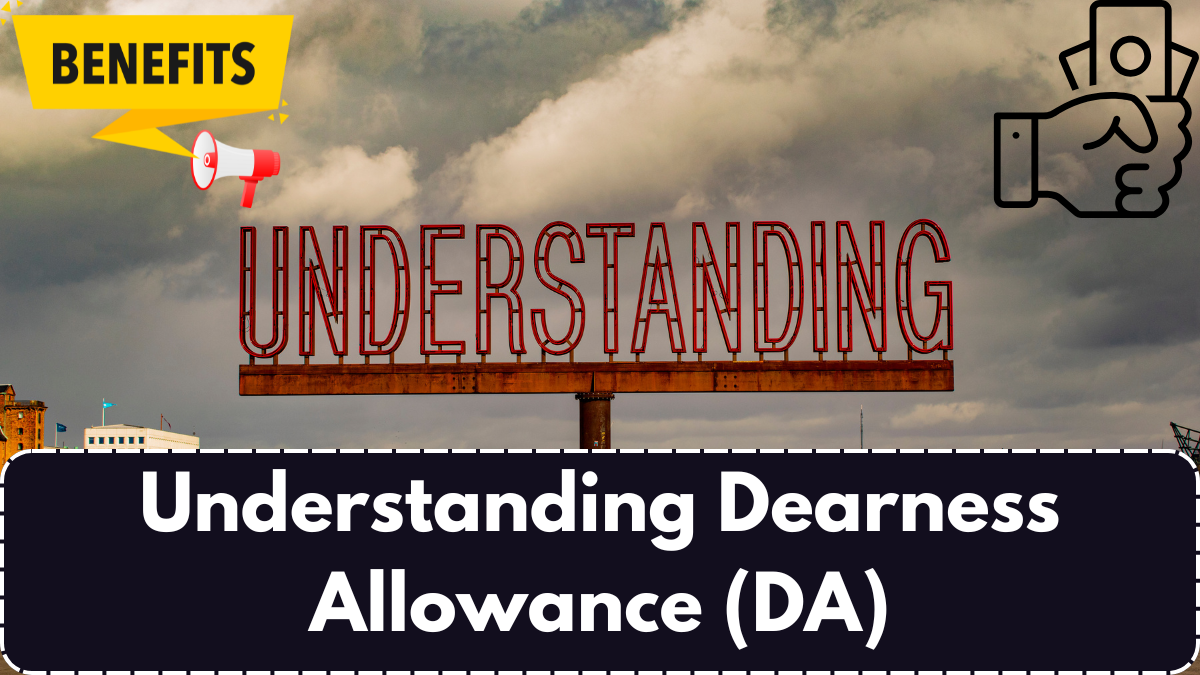Dearness Allowance (DA) is a critical component of government employees’ salaries, designed to mitigate the impact of inflation and rising living costs. It ensures that employees maintain their purchasing power despite fluctuating economic conditions. The DA is revised biannually in January and July to keep up with inflationary trends.

Table of Contents
Latest DA Hike by the West Bengal Government

Recently, the West Bengal government announced a 4% increase in DA, raising it to 18% effective from April 1, 2025. This increment is expected to provide financial relief to state government employees by adjusting their salaries in line with inflation.
However, many employees may wonder: How does this hike impact monthly salaries? How is DA calculated? Let’s break it down in detail.
How is Dearness Allowance (DA) Calculated?
DA is computed as a percentage of the basic salary, with adjustments based on the All-India Consumer Price Index (AICPI). The central and state governments typically revise DA periodically to ensure it aligns with inflation.
Formula for DA Calculation:
For example, if an employee’s basic salary is Rs 25,500, and DA is 50%, the calculation is as follows:
With the recent increase to 53%, the revised DA will be:
Thus, the hike results in an additional Rs 765 per month for this salary bracket.
When is DA Merged with the Basic Salary?
DA is typically merged into the basic salary once it reaches 50%. However, this is not a strict rule, and sometimes, DA remains separate even after exceeding this threshold. If merged, it becomes part of the basic pay, resetting DA calculations to 0%, and the cycle starts again.
DA Variations Between Central and State Government Employees
The central government often sets the precedent for DA hikes, but state governments are not obligated to follow immediately. Some states implement their own DA revisions at different times based on their fiscal policies and budget constraints. Consequently, DA rates may vary significantly between central and state employees.
Impact of DA Hike on Salaries
To better understand how the recent 4% DA increase affects different salary brackets, let’s examine the following table:
Basic Pay (Rs) |
DA at 50% (Rs) |
DA at 53% (Rs) |
Increase in DA (Rs) |
|---|---|---|---|
25,500 |
12,750 |
13,515 |
+765 |
35,400 |
17,700 |
18,762 |
+1,062 |
53,100 |
26,550 |
28,143 |
+1,593 |
78,800 |
39,400 |
41,764 |
+2,364 |
1,18,500 |
59,250 |
62,805 |
+3,555 |
As shown, employees with higher basic pay receive a proportionally larger DA increase.
What Happens When DA Reaches 100%?
When DA reaches 100%, it is fully merged with the basic salary. This triggers the need for a new Pay Commission, which revises salary structures and establishes new basic pay slabs to accommodate the increased cost of living.
Conclusion
Dearness Allowance plays a vital role in protecting government employees from inflation. The recent 4% DA hike by the West Bengal government will provide financial relief, ensuring salaries keep pace with economic changes. While central and state governments revise DA independently, its periodic adjustments significantly impact both active employees and pensioners. Understanding DA calculations and their long-term implications helps employees plan their finances effectively.
Frequently Asked Questions (FAQs)
1. What is Dearness Allowance (DA)?
DA is an additional financial benefit given to government employees to compensate for inflation and maintain their purchasing power.
2. How often is DA revised?
DA is revised twice a year—in January and July—based on changes in the All-India Consumer Price Index (AICPI).
3. Is DA the same for central and state government employees?
No, state governments set their own DA hikes, which may differ from central government revisions.
4. How is DA calculated?
DA is calculated as a percentage of the basic salary using the formula:
5. When is DA merged with the basic salary?
DA is usually merged with the basic pay when it reaches 50%, though this depends on government policies.
6. How much DA will I receive if my basic salary is Rs 35,400 at 53%?
At a 53% DA rate, your DA will be Rs 18,762.
7. Does a DA hike affect pensions?
Yes, retired government employees also receive pension increases based on DA revisions.
8. What happens if DA reaches 100%?
When DA hits 100%, it is merged with the basic salary, and a new Pay Commission is typically introduced to restructure pay scales.
Click here to know more.










